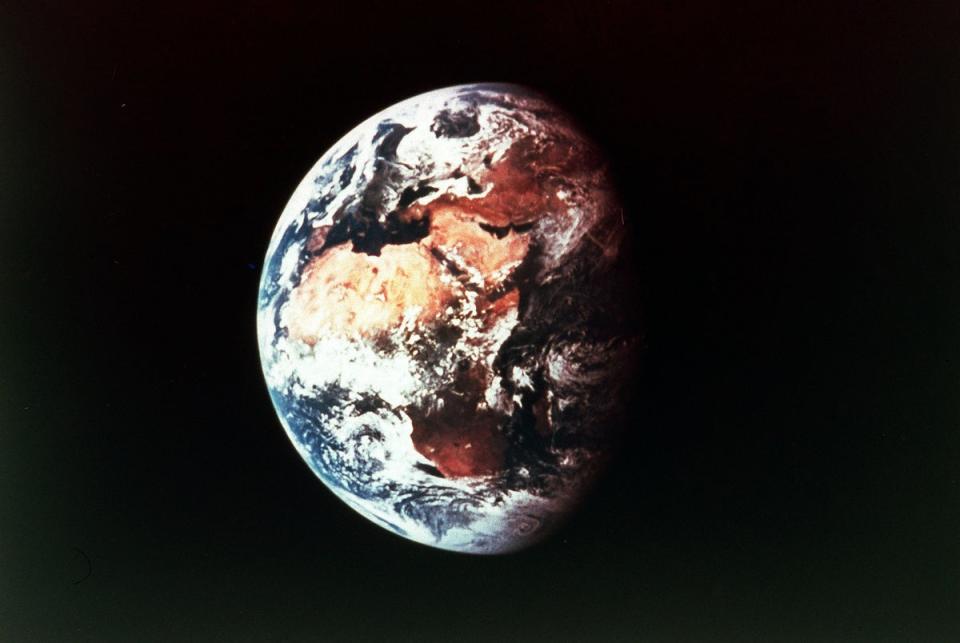Huge meteorite impacts have reshaped the Earth, scientists claim

Huge meteorites that smashed into the Earth helped create the continents, scientists have claimed.
Our planet was bombarded with a volley of space objects in its first billion years, which helped decide the shape of its land, according to new research.
Researchers have long suspected that such collisions helped shape the continents. But until not there has been little proof.
Now researchers have been able to examine ancient meteorites – and found their role in our planet’s history.
“By examining tiny crystals of the mineral zircon in rocks from the Pilbara Craton in Western Australia, which represents Earth’s best-preserved remnant of ancient crust, we found evidence of these giant meteorite impacts,” Tim Johnson, from Curtin University, said.
“Studying the composition of oxygen isotopes in these zircon crystals revealed a ‘top-down’ process starting with the melting of rocks near the surface and progressing deeper, consistent with the geological effect of giant meteorite impacts.”
“Our research provides the first solid evidence that the processes that ultimately formed the continents began with giant meteorite impacts, similar to those responsible for the extinction of the dinosaurs, but which occurred billions of years earlier.”
As well as deciding the shape of our planet, the formation of the continents are key in other ways. The Earth’s land masses remain home to almost all the biomass, humans and important minerals on the planet.
“Not least, the continents host critical metals such as lithium, tin and nickel, commodities that are essential to the emerging green technologies needed to fulfil our obligation to mitigate climate change,” Dr Johnson said.
A paper describing the findings, Giant impacts and the origin and evolution of continents’, is published in Nature today.

 Yahoo News
Yahoo News 